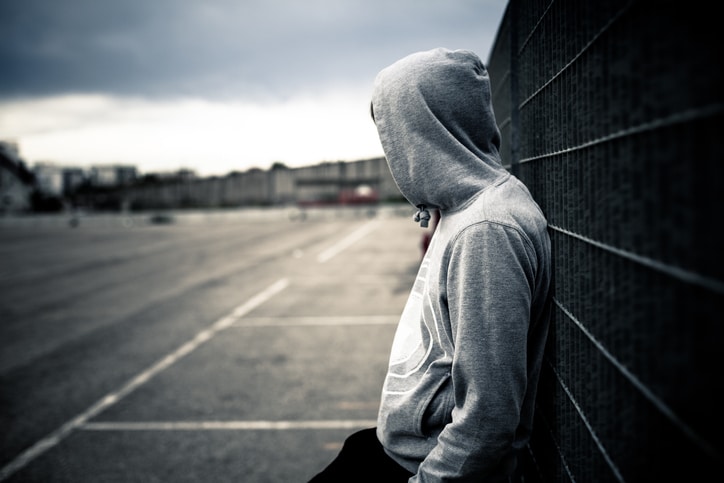Child adolescent psychiatrist and author of When the Light Goes Out, Dr Lisa Myers, raises the issue of self-harm in teenagers as we approach World Suicide Prevention Day on 10 September.
As a child and adolescent psychiatrist, self-harm is sadly something that I frequently encounter and it can be very distressing – not only for parents and friends, but also for the young person, facing an extremely confronting and confusing experience.
While self-harm has been glamourised by a number of programs including the popular 13 Reasons Why TV series, it is a topic many teenagers find difficult to express with others, particularly parents.
Self-harm is frequently conflated with suicide or a suicide attempt. Although, at times a self-harm incident may be an attempt to end one’s life, more often than not, acts of self-harm have alternative motivations and underpinnings. Self-harm is described as any intentional action to inflict pain on one’s own body and commonly includes such methods as cutting or burning the skin, overdosing on medication or ingesting toxic substances.
Our behaviours are simply another form of communication and acts of self-harm can be viewed as an expression of emotions that cannot otherwise be expressed or experienced.
Self-harm is also used as a form of self-punishment, particularly if someone believes they are a ‘bad’ person, ‘deserving of harm’.
It is reported that self-harm can relieve extreme emotions of distress or tension within an individual, or feelings of numbness and emptiness and allow the individual to become grounded back in reality.
Self-harm can be perceived as a cry for help as victims attempt to quieten their intrusive or distressing thoughts.
Self-harm is commonly found in victims of trauma, who use internalisation and suppression of emotion or dissociation as defences to survive reliving their experience. Teens who self-harm may have difficulty regulating their very intense and overwhelming emotions, particularly if their surrounding environment is invalidating their distress or where they feel shame for their needs and perceive themselves as burdensome when asking for help.
Self-harm can serve to validate someone’s emotional pain, as the physical hurt seems like a more acceptable reason for their anguish. It is important to see self-harm as a form of communication, albeit a self-destructive act that, unfortunately, tends to distance others rather than bring them closer.
In teens, self-harm acts are often impulsive and although their intention may not be to die (rather to relieve pain), it can prove fatal. The causes of distress and emotional pain for teenagers vary greatly and relate to social challenges, bullying, identity confusion, depression, conflict in the home, low self-esteem and feelings of failure. The teenager’s inability to have greater life perspective may limit their ability to see alternate solutions to their problems. Teenagers often assume that their parents or other adults don’t understand or would be disappointed if they knew of their struggles.
Management of self-harm requires an understanding and validating environment. This includes making the young person feel safe and comfortable enough to express their emotions. They should not feel judged, but rather supported with their distress.
Techniques such as distraction and self-soothing can help with learning how to tolerate intense emotions. Emotions, like waves, tend to ebb and flow and hence the goal is to get through, rather than to rid the emotion. This process will result in growth, greater coping skills and resilience. There are some researchers who advocate for less painful alternate acts such as flicking an elastic band around one’s wrist, chewing ice or putting wasabi on the tongue.
If a young person is self-harming, therapies such as cognitive behaviour therapy (CBT) and dialectical behaviour therapy (DBT) can be more helpful and conducive. Medication has its place and should be used to treat any severe depression or anxiety (or other mental health disorders).
Having clear safety plans at school and home are critical and the teenager should be encouraged to vocalise their feeling of being unsafe and taken seriously when doing so, including attending a local hospital emergency department or encouraged to make a call to another emergency services like Kids Helpline and Lifeline.
All of these will help to keep the teenager safe, until their feelings subside and the underlying issues are addressed and ultimately, resolved.
Kids Helpline | kidshelpline.com.au | 1800 55 1800
Get the latest Canberra news, sport, entertainment, lifestyle, competitions and more delivered straight to your inbox with the Canberra Daily Newsletter. Sign up here.



